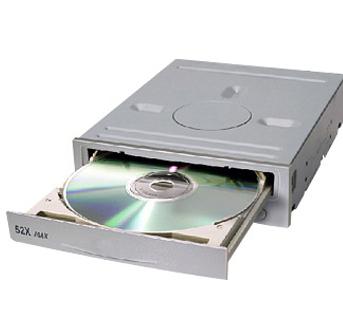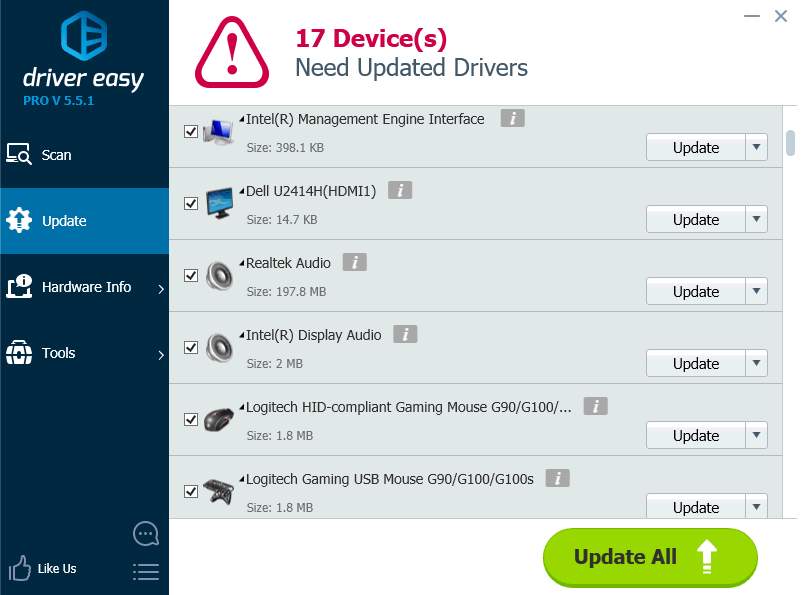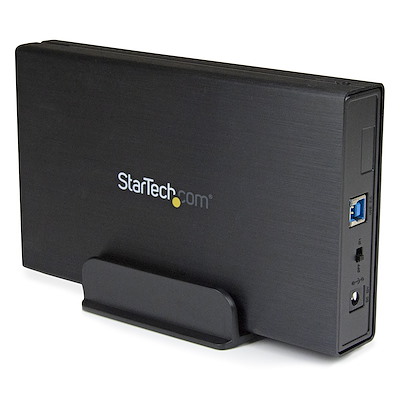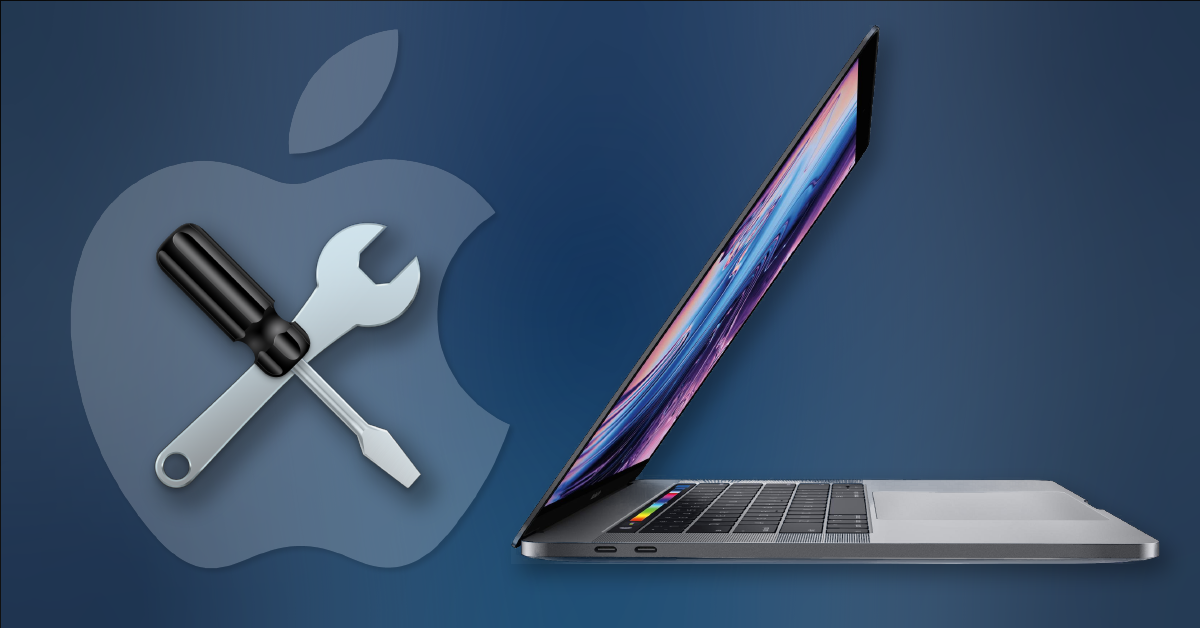| C H A P T E R 20 |
- Drivers C-media Hard Disk Controller Download
- Drivers C-media Hard Disk Controller
- Drivers C-media Hard Disk Controller Installer
- Drivers C-media Hard Disk Controller Gamepad
- Drivers C-media Hard Disk Controller Usb
- Hard Disk Drives - Broadcom.
- Hard Disk Drivers free download - Flobo Hard Disk Repair, Western Digital Disk Manager Drivers, Disk Drill, and many more programs.
- SupaHub 8 Ports PCIe SATA Card, PCIe x1 Non Raid Controller Card for SATA III 6G Hard Drives, Includes 8 SATA Cables and 2 SATA Power Splitter Cables, Boot as System Disk 4.7 out of 5 stars 25 $42.99 $ 42.
I know the hard disk is not faulty. Now it is being detected as 'Initio Default Controller' and does not appear in Computer Management - Disk Management console. Uninstalling the 'Initio Default Controller' in the Device Manager does not help. When I reconnect my Handy Drive USB hard disk the 'Initio Default Controller' is being installed again.
| Using the Adaptec RAID Configuration Utility |
This chapter describes how to use the Adaptec RAID Configuration Utility (ARCU), a BIOS-based utility used to create and manage controllers, disk drives and other devices, and arrays on systems equipped with an Adaptec-based disk controller. It contains the following sections:
| Caution - On servers equipped with an Adaptec disk controller, all drives must be part of a volume before they can be used by the BIOS or the OS. Adaptec controllers support single-drive volumes that can be used for drives that are not part of a RAID array. See Chapter 21for more information. |
| Note - After making a change to a volume or drive (including hot-plug actions) while using the BIOS-based Adaptec RAID Configuration Utility (ARCU), a rescan of the drives is necessary to see the changes. This can be done using the Rescan Drives option or by simply navigating back to the ARCU main menu. |
Many of the tasks described in this document can also be done using the Sun StorageTek RAID Manager graphical user interface (GUI). This is described in Parts I and II of this document.
Introduction to the Adaptec RAID Configuration Utility
The Adaptec RAID Configuration utility provides three tools:
- The Array Configuration Utility (ACU)--Use this for creating and managing arrays and initializing and rescanning disk drives. See Using the ACU to Create and Manage Arrays.
- A Select Utility--This might be called SerialSelect or SATASelect. Use it for modifying the controller and disk drive settings, and for checking the battery status. See Using the Select Utility to Modify Controller Settings.
- Disk Utilities--Use this for formatting or verifying disk drives. See Using the Disk Utilities to Manage Disk Drives.
Running the Adaptec RAID Configuration Utility
This section describes how to start and navigate through the Adaptec RAID Configuration utility. The section contains the following subsections:
To Start the Adaptec RAID Configuration Utility |
1. Start an RKVM session, or connect a keyboard, mouse, and video device to the server module.
2. Power on or start the server module.
3. When prompted, press Ctrl-A.
The Adaptec RAID Controller Utility (ARCU) screen appears.
During bootup, if your system has insufficient memory, the following message appears.
| Note - The first time you power on your system after you install a new controller, the BIOS might display a configuration that does not match the system’s configuration. This is normal behavior. |
To Navigate the Adaptec RAID Configuration Utility |
Use the arrow keys, Enter, Esc, and other keys on your keyboard to navigate through the utility menus.
All the tools within the Adaptec RAID Configuration utility are menu-based. Instructions for completing tasks are displayed onscreen.
Using the ACU to Create and Manage Arrays
You can use the ACU, a tool of the Adaptec RAID Configuration utility, to create and manage arrays. This section contains the following subsections:
To Start the ACU |
1. Start the Adaptec RAID Configuration utility.
See To Start the Adaptec RAID Configuration Utility.
2. On the ARCU screen, select Array Configuration Utility and press Enter.
3. Follow the onscreen instructions to create and manage arrays, and initialize, rescan, and erase disk drives.
To Create a New Array With the ACU |
| Note - You can create an array with the ACU or with the Sun StorageTek RAID Manager GUI. However, creating an array using the GUI is up to three times as fast. For more information, see the Sun StorageTek RAID Manager Software User’s Guide. |
1. Select Create Arrays from the main ACU menu.
Only disk drives that can be used in a new array are available for selection. (Disk drives must be initialized before they can be used in an array. See To Initialize Disk Drives With the ACU for more information.)
2. Use the Array Properties menu to modify the RAID level, size, name, stripe size, and caching settings of the array.
| Note - Creating a new array might change the BIOS boot order. Check the BIOS settings to verify the correct boot order. |
To Manage Existing Arrays With the ACU |
1. Select Manage Arrays from the main ACU menu.
2. From the Manage Arrays menu, do any of the following:
- View the properties of an array.
| Note - Failed drives are displayed in a different text color. |

- Make an array bootable. See To Make an Array Bootable With the ACU.
- Assign or remove hot-spares.
- Delete an array.
| Caution - Before deleting an array, back up the data to avoid permanently losing it. |
To Make an Array Bootable With the ACU |
| Note - You might need to change the system BIOS to modify the boot order. For more information, refer to your computer documentation. |
1. Select Manage Arrays from the main ACU menu.
2. Select the array that you want to make bootable, and then press Ctrl-B.
| Note - You cannot make an array bootable while it is building, verifying, or rebuilding. |
The array number changes to Array 00, which makes the array the boot array.
3. Restart the computer.
To Initialize Disk Drives With the ACU |
If a disk drive is grayed-out (unavailable for use in a new array), it might need to be initialized.
Select Initialize Drives from the main ACU menu.
| Caution - Do not initialize a disk drive that is part of an array. Initializing a disk drive that is part of an array might make the array unusable. Back up all data from your disk drive before you initialize it. |
To Rescan Disk Drives With the ACU |
Select Rescan Drives from the main ACU menu.
To Perform a Secure Erase on Disk Drives With the ACU |
When you perform a secure erase on a disk drive, all data on that disk drive is completely and irretrievably eradicated. Secure erase performs three distinct writing passes to the disk drive being erased--it does not just write zeros.
Performing a secure erase takes up to six times longer than clearing (or zeroing) a disk drive. You might want to perform a secure erase only on disk drives that contain confidential or classified information.

| Note - To save time erasing a disk drive that does not contain sensitive information, you can format it, or clear it with the Sun StorageTek RAID Manager GUI. Both options take less time than the secure erase option, but might not offer enough security for highly sensitive information. See Using the Disk Utilities to Manage Disk Drives) to format a disk drive. |
Select Secure Erase from the main ACU menu, then select Y (yes).
To return to the main ACU menu after the secure erase has started, press Esc. The selected disk drive(s) cannot be used until the erase is complete.
To Stop a Secure Erase in Progress With the ACU |
1. From the main ACU window, select Secure Erase.
2. Select the disk drive being secure erased, and then press Ctrl-Q.
The secure erase stops and the ACU returns to its main window.
Using the Select Utility to Modify Controller Settings
The ARCU includes a tool for modifying the controller settings, and for modifying the disk drives connected to it. This utility is called either SerialSelect (SAS) or SATASelect.
This section contains the following subsections:
Drivers C-media Hard Disk Controller Download
To Start Using the SelectUtility |
1. Start the Adaptec RAID Configuration utility (see To Start the Adaptec RAID Configuration Utility).
The ARCU screen appears.
2. Select the Select utility and press Enter.
The utility might be named SerialSelect or SATASelect.
3. Follow the onscreen instructions to modify the settings of the controller and connected disk drives, as required.
To Apply Changes and Exit the SelectUtility |
1. Press Esc until you are prompted to exit.
If you modified any settings, you are prompted to save the changes before you exit.
2. Select Yes to exit, then press any key to restart your computer.
Any changes you made take effect after the computer restarts.
To Modify General Settings With the Select Utility |
Select Controller Configuration from the main Select utility menu and change the settings listed in the following table.
Some options might not be available.
| Note - Default settings are shown in bold type. |
Option | Description |
|---|---|
Drive’s Write Cache | When enabled, write cache is enabled on the disk drive. When disabled, write cache is not used on the disk drive. It is recommended that you disable write cache on the disk drive. Caution--When write cache is enabled, there is a slight possibility of data loss or corruption during a power failure. |
Runtime BIOS | When enabled, this allows the controller to act as a bootable device. Disabling the BIOS allows another controller to act as a bootable device. |
Automatic Failover | When enabled, the controller automatically rebuilds an array when a failed disk drive is replaced. When disabled, the array must be rebuilt manually. |
Array Background Consistency Check | When enabled, the controller constantly verifies a redundant array. Note that there might be a significant performance reduction. Default is disabled. |
BBS (BIOS Boot Sequence) Support | When enabled in systems that support BBS, the controller is presented as a bootable device in the BIOS. |
Array-Based BBS Support | When enabled in systems that support BBS, the controller presents attached bootable devices up to the BIOS for boot device selection. This is relevant for logical arrays. Default is disabled. |
Physical Drives Display During POST | When enabled, connected disk drives are displayed during system Power On Self Test (POST). Displaying the disk drives adds a few seconds to the overall POST time. Default is disabled. |
CD-ROM Boot Support | When enabled, the system can be booted from a bootable CD. Note--CDs are not supported by current software. |
Removable Media Devices Boot Support | When enabled, removable media devices, such as CD drives, are supported. |
Alarm Control | When enabled, the alarm sounds. Default is enabled. Note--When the alarm is turned off (disabled), it automatically turns back on after a reboot. |
SATA Native Command Queuing (NCQ) | When enabled, NCQ is enabled. Disable this feature if you want to attach more than 48 SATA II disk drives. Available only with SATA II disk drives. |
To Modify SAS-Specific Controller Settings With the Select Utility |
In addition to the general settings listed in To Modify General Settings With the Select Utility, some controllers have SAS-specific settings that can be modified if required.
Select PHY Configuration from the SerialSelect main menu and change the settings listed in the following table.
| Note - Default settings are shown in bold type. |
Option | Description |
|---|---|
PHY Rate | The data transfer rate between the controller and devices. The default setting is Auto, which allows the SAS card to adjust the data transfer rate as required. |
CRC Checking | When enabled, determines whether the controller verifies the accuracy of data transfer on the serial bus. Default setting is Yes (enabled). Set to No (disabled) only if the controller is connected to a device that does not support CRC Checking. |
SAS Address | In a situation where you want each phy on a controller to be in a different SAS domain, this setting specifies a unique world-wide name for each phy. Default is 0. Note: This setting is for SAS address conflict resolution only and must otherwise remain at its default value. |
Drivers C-media Hard Disk Controller
Using the Select Utility to Check Battery Status
The Select Utility has the ability to monitor the controller’s battery status.
To Check the Controller Battery Status |
Select Battery Unit Status from the Select Utility menu.
The utility displays the following information about the status of the battery.
- Battery Status
- Battery Temperature
- Battery Charge %
- Estimated Remaining Charge
The estimated remaining charge indicates how long the battery will continue to operate if the power fails.
Using the Disk Utilities to Manage Disk Drives
You can use the disk utilities tool to perform low-level formatting, or to verify your disk drives.

| Note - New disk drives are low-level formatted at the factory and do not need to be low-level formatted again. |
| Caution - Before you format a disk drive, back up all data. Formatting destroys all data on a disk drive. |
This section contains the following subsections:
To Format or Verify a Disk Drive With the Disk Utilities |
1. Start the ARCU.
See To Start the Adaptec RAID Configuration Utility.
The ARCU screen appears.
2. On the ARCU screen, select Disk Utilities.
3. Select the disk drive you want, then press Enter.
4. Select Format Disk or Verify Disk Media.

To Locate Disk Drives With the Disk Utilities |
| Note - This feature is available only with disk drives that have an activity LED. |
You can use the Identify Drive feature to physically locate a disk drive by blinking the LED.
1. Start the ARCU.
See To Start the Adaptec RAID Configuration Utility.
2. Select Disk Utilities.
3. Select the disk drive you want, then press Enter.
4. Select Identify Drive, then press Enter.
5. When you have finished locating your disk drive, press any key to stop the blinking.
To Identify Disk Drives With the Disk Utilities |
Drivers C-media Hard Disk Controller Installer
You can identify disk drives by viewing the list of disk drives on your system. Only physical drives that appear during POST are shown.
1. Start the ARCU.
See To Start the Adaptec RAID Configuration Utility.
2. Select Disk Utilities.
The Disk Utilities view displays the following information:

Lite-on laptops for gaming. Location | Model | Rev# | Speed | Size |
|---|---|---|---|---|
CN1=DEV1 Box0=Slot0 Exp0=phy0 | The manufacturer information. | The revision number of the disk drive. | The speed of the disk drive. | The size of the disk drive. |
Viewing the BIOS-Based Event Log
The BIOS-based event log records all firmware events, such as configuration changes, array creation, and boot activity.
Some events are not stored indefinitely. The event log is cleared of any non-persistent events each time you restart your computer. Also, when the log is full, new events overwrite old events.
To View the Event Log |
1. Start the BIOS RAID Configuration utility.
See “Running the Adaptec RAID Configuration Utility.
2. Select the controller you want, then press Enter.
The BIOS RAID Configuration utility menu appears.
3. Press Ctrl+P.
4. Select Controller Log Information, then press Enter.
The current event log opens.
Copyright © 2009 Sun Microsystems, Inc. All rights reserved.
Have you found the proper support for this server ?It's certainly not on the Lenovo web site.
Support for IBM System x
http://www-947.ibm.com/systems/supp..
Product family - xseries 235
Type - 8671
Model - KAX
Operating System - Windows Server 2003, or Windows Server 2003 Datacenter Edition, or Windows Server 2003 x64, or Windows Server 2003 Datacenter Edition x64, whichever applies
Click on Go
Software and device drivers on the resulting page - more support info including Documentation (manuals) on the right.
....
Apparently this server's mboard has SCSI drive controllers , so I assume the 73gb drives are SCSI drives.
Drivers C-media Hard Disk Controller Gamepad
E.g. this may not be model KAX but a lot of other things are probably the same :
IBM eserver xSeries 235 8671 - Xeon 3.06 GHz
Mfg. Part: 8671MAX | CDW Part: 609946 | UNSPSC: 43211501
IBM
http://www.cdw.ca/shop/products/def..
Product Line: IBM eserver xSeries 235
...
'I purchased a 6I+ raid controller'
IBM ServeRAID 6i - storage controller (RAID) - Ultra320 SCSI - PCI-X
http://www.cdw.ca/shop/products/def..
Description:
The ServeRAID-6i controller is a PCI-X controller that works directly with the onboard LSI 1030 SCSI chipset to provide RAID protected data storage to selected xSeries servers. It supports both Ultra320 and Ultra160 SCSI HD technologies
Link to the Lenovo supplied drivers for the ServeRAID-6i controller here:
http://download.cnet.com/1770-20_4-..
.....
You must make your RAID array BEFORE you install the operating system.
...
The drivers for the onboard LSI 1030 SCSI chipset may or may not be built into the operating system.
Drivers C-media Hard Disk Controller Usb
Server 2003 isn't much newer that XP (circa 2001) , and in XP, you may need to supply drivers for a SCSI controller while loading the initial files from the CD. If the Server 2003 CD doesn't find your SCSI drive controllers by default, then Setup can't find your SCSI drives.
For Win 2000 and XP, you see a line very early in the loading of the files from the CD - 'Press F6 to load..' - you press F6 while that's still on the screen.
If the SCSI drivers are available from the CD but are not normally loaded, then you get no further messages, and Setup sees the SCSI hard drives.
If the CD does NOT have the right SCSI drivers available, later on, during loading the initial files from the CD, you will be asked to provide the drivers, and after that Setup will see the SATA drives fine.
For 2000 and XP, you MUST provide the drivers for the drive controller on a floppy in a legacy floppy drive. The CD cannot, at that early stage, find drivers on floppies in most USB floppy drives, on optical disks, on USB drives or any sort, or hard drives, other than where an existing Windows installation is.
You may also need to provide drivers for the 6I+ raid controller add on the same way, but if you don't connect it. I would think you should be able to get by with the onboard SCSI controller drivers provided to the operating system.
